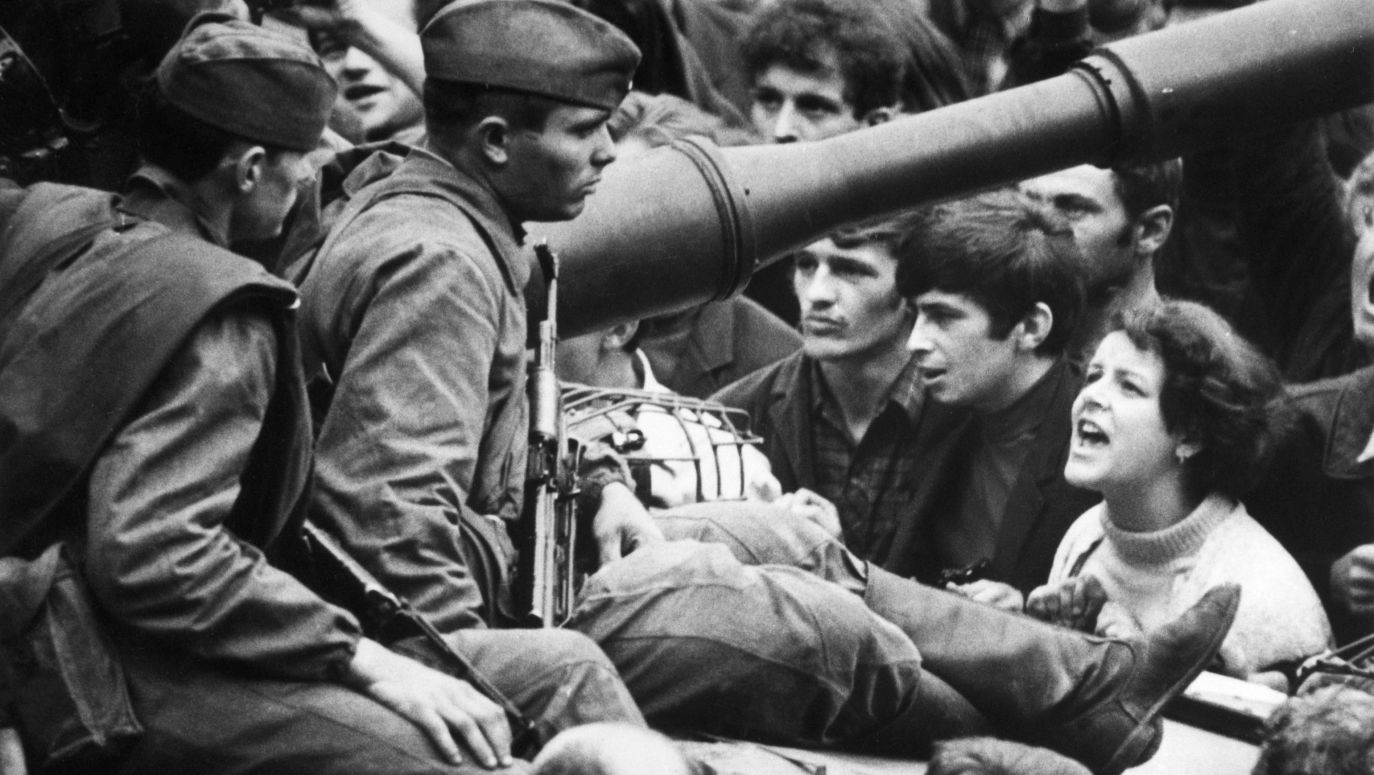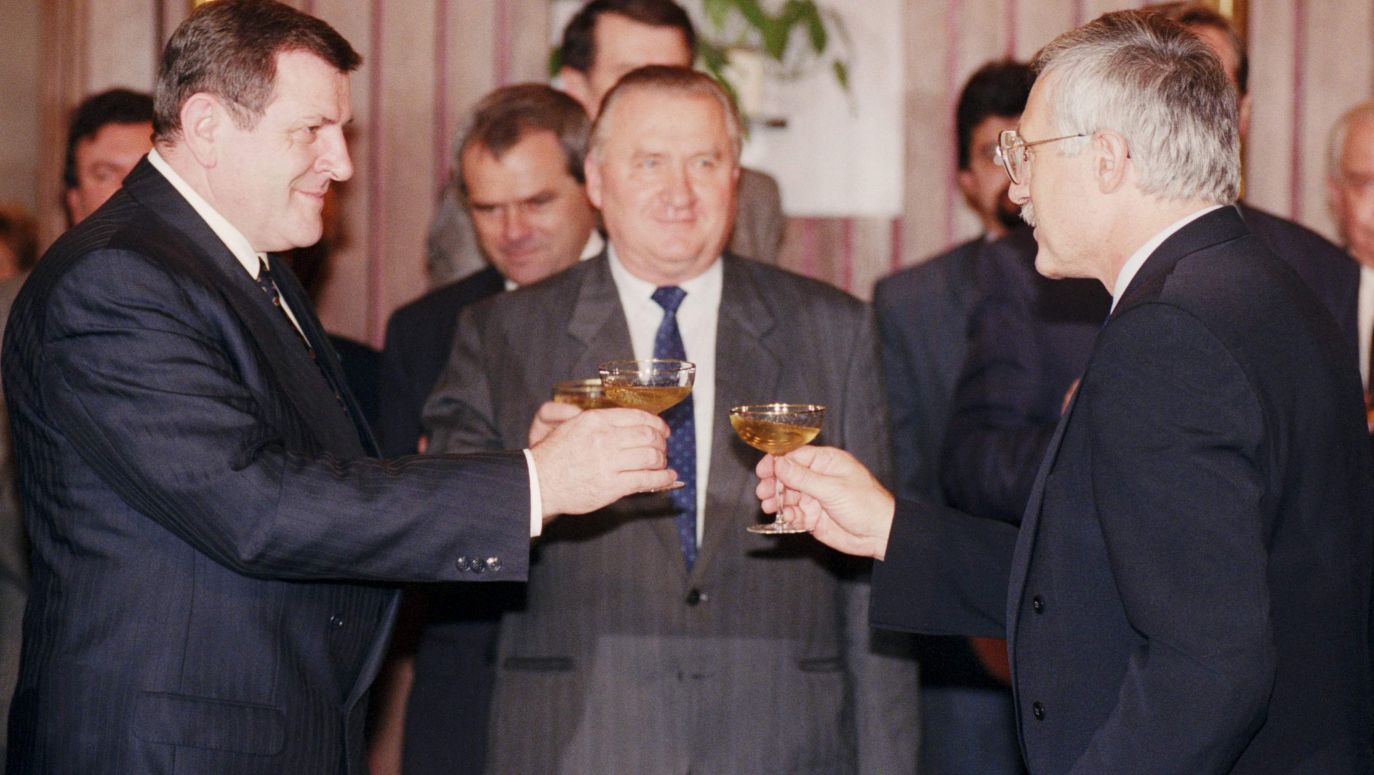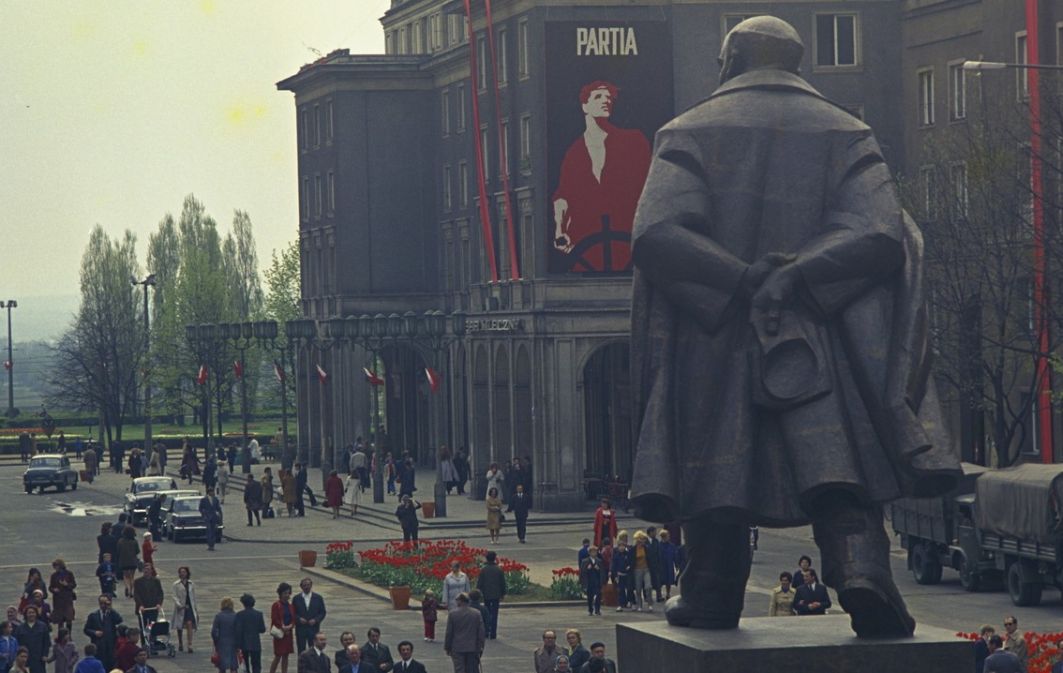Czechoslovakia Fell Apart, and It Turned Out Well for Everyone
04.01.2023
After the separation, mutual accusations of who gained more from the federation ended. The Czechs believed that as an economically better-developed country, they incurred higher costs of coexistence. The Slovaks, in turn, claimed that everything was subordinated to the Czechs, says historian Paweł Ukielski.
TVP WEEKLY: On December 31, 1992, at midnight, Czechoslovakia disappeared from the map of Europe. Is there still nostalgia for the joined country in the Czech Republic and Slovakia?
PAWEŁ UKIELSKI: Yes, but it’s fading. It was much stronger in the 1990s, when many people felt nostalgic for the country where they’d spent their youth or most of their lives. But thirty years after that event, such feelings aren’t as strong. In ten years they will weaken even more. Slovaks and Czechs have already gotten used to the division of Czechoslovakia and to their own countries.
How is the dissolution of Czechoslovakia assessed in the countries that once comprised it?
I don’t know the latest research on the subject, but I’m convinced that, especially in Slovakia, there’s a feeling that ultimately this move turned out well for them. The alarmist opinions that Slovakia was too weak to manage as an independent country haven’t panned out. Of course, in the initial years, under the government of Vladimír Mečiar, who isolated Slovakia somewhat, there was turbulence. The country flirted with Russia, was lagging behind in negotiations with the European Union and did not join NATO in the first round of the Alliance’s enlargement. But despite this, the Slovaks managed to create their own state structures. Of course, they aren’t without weaknesses, which was especially visible after the killing of journalist Jan Kuciak (murdered in 2018 together with his fiancée – ed.), which triggered strong protests and the feeling that things weren’t working as they should and the country needed fixing.
Was Czechoslovakia more Czech or Slovak?
The Slovaks wanted to be more visible as a nation, while for the Czechs, what was Czech and what was Czechoslovak was synonymous, they identified Czechoslovakia with the Czech state. They even took over the Czechoslovak flag, which went against the arrangements for the dissolution of the country. For the Czechs, the “loss” of Czechoslovakia was like the loss of their own country. A trip into the Tatra Mountains is a trip abroad, admittedly nearby and to a friendly country and nation, but still abroad. But it must also be made clear that the Czechs didn’t strive to maintain the unity of the country at all costs. As the stronger partner in the federation, they didn’t impose their will on the Slovaks and didn’t want to keep them in a common country by force, as was the case in the federations that fell apart in an extremely turbulent way.
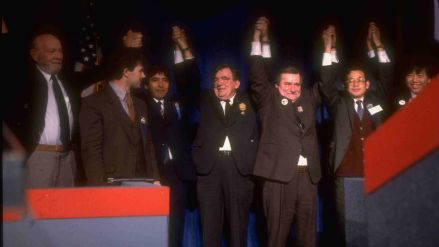
The leader of the American labour unions, the “greatest Solidarity ally” demanded radical sanctions against communist Poland after the introduction of martial law
see more
So Czechoslovakism never really existed?
The idea of Czechoslovakism lay at the beginning of the Czechoslovak state. It was promoted, among others, by Tomáš Masaryk (the first and longest-serving – from 1918 to 1935 – president, called the father of independent Czechoslovakia – ed.) and Edvard Beneš (president of Czechoslovakia in 1935-1938, in exile in 1940-1945, and again in the country in 1945-1948 – ed.). It was in a sense an artificial idea, because the Slovaks had been subjects of the Kingdom of Hungary for hundreds of years. They lived in a different country than the Czechs, so their identity was shaped differently than the Czech identity. Ethnic or linguistic closeness alone is not enough to recognize it as one nation, as Czech politicians tried to do in the era of the development of modern nationalisms. Czechoslovakism was an idea that helped in the establishment of the Czechoslovak state, when nation states were emerging on the ruins of the Austro-Hungarian monarchy. This solution had to be used, because if the Czechs and Slovaks were treated as two separate nations, then the Czechoslovak state would contain less than 50% Czechs, and fewer Slovaks than Germans. The artificial or semi-artificial creation of the Czechoslovak nation allowed for an escape from this trap, because Czechoslovaks constituted about 2/3 of the population in their country. This was a sufficient percentage for Czechoslovakia to be presented in the international forum as a nation-state, though with numerous minorities, as in most nation-states in Central Europe. Edvard Beneš definitely believed that there was one Czechoslovak nation.
Did Tomáš Masaryk share his views or did he treat this issue instrumentally?
I can’t answer this question unequivocally. There was a belief among part of the Czech elite that there was only one Czechoslovak nation. Among the Slovaks, such views were much weaker. The Slovaks, who had resisted Magyarization (the process of acculturation of non-Hungarians in the Kingdom of Hungary – ed.) for decades, acquired a national consciousness starting in the mid-19th century that was not Czechoslovak. However, the Slovaks accepted the move towards Czechoslovakism for formal reasons, in order to create the Czechoslovak state. But they assumed that once Czechoslovakia was established, they would be able to gain autonomy within it. So they were unpleasantly surprised that in the 1920s and 1930s Masaryk, Beneš and the Czech parties strongly opposed this. Slovakia did not receive autonomy until the Munich Agreement in 1938. The only autonomous part of Czechoslovakia at the time was Transcarpathian Ruthenia, which resulted from the provisions of the Treaty of Versailles.
Czechoslovakia did however exist as one country for over seventy years. What held it together?
The Czechoslovak state actually existed for over seventy years with a brief interruption during World War II, although there was a Czechoslovak government in exile. In the interwar period, Czechs and Slovaks were united by an external threat that was stronger than devolutionary tendencies. For the Czechs, the Germans were a threat, for the Slovaks, the Hungarians were. However, it should be noted that, as we have said, in the interwar period, the Slovaks demanded autonomy, and the Czechs didn’t want to give it to them, maintaining that there was no separate Slovak nation, because there was only one Czechoslovak nation. After World War II, the unifying factor was the desire to restore the pre-war state. It was convenient for the Slovaks, because they avoided the status of a defeated state and ally of the Third Reich, becoming, as part of the Czechoslovak state, an ally of the anti-Hitler coalition. However, from 1948, the unifying factor was communism, which heavily centralized everything. The Slovaks only began to articulate their national aspirations during the Prague Spring in 1968, when the communist system weakened. Then, they managed to obtain formal federalization of the country. This shows that when the factors binding Czechoslovakia softened, Slovak nationalist aspirations appeared.
These actions probably weren’t positively received by the Czechs.
The Czechs believed that when things started to get dangerous, as in 1938, when they were forced to accept the Munich Agreement, or when changes began, as in 1968, when the Prague Spring reforms were carried out, then the Slovaks made national demands. They perceived these activities as a betrayal of the struggle against a common enemy: whether against the Germans or the communists. Thus, when the factor that prevented the disintegration of Czechoslovakia disappeared, devolutionary tendencies appeared immediately and the state began cracking at the seams. In 1939, Czechoslovakia split when Adolf Hitler presented Slovakia with an ultimatum that it would either declare independence or be handed over to Hungary.
After the dissolution of Czechoslovakia, why wasn’t there a transformation into some other kind of common existence? Was it even possible?
It was very difficult. Dozens of different political solutions appeared in the negotiations, but they were quite complicated. There was a dispute about whether a federation or a confederation was to be built “top-down” or “from below”. The first concept assumed that the state itself would transfer authority to individual republics, leaving only a small part to the federation or confederation. The concept of building a common state “from below” assumed, in turn, that the federation would be dissolved first. It would create two independent states that would quickly sign an agreement, based on which they would delegate part of their authority to the new, common federation.
And why weren’t these solutions implemented?
The Slovaks were against any attempts to build a federation or confederation “top-down”. And when the two independent states were established, neither was interested in building a federation or confederation and transferring part of its sovereign powers to a common statehood.

VeloDunajec is over 230 kilometers long, in Poland and Slovakia. The Vistula Cycle Route will ultimately be 1,200 kilometers long.
see more
Were there any dramatic events related to the division of Czechoslovakia? Did everything go according to the plan, not only in terms of the day, but also to the hour?
There were various arguments about how everything should go, but there were no dramatic moments. There was no demonstrating crowd demanding to maintain the unity of Czechoslovakia, nor did any of the parties disagreeing with one of the proposals put the armed forces on alert. The West feared that events in Czechoslovakia might turn out like in Yugoslavia. But for us people living in the region, it was obvious that the Czechs and Slovaks had no tradition of armed conflict with each other. Nor did they have any serious past events that would have led things to play out as they did in Yugoslavia or the Soviet Union. The division process went very smoothly, efficiently and quickly. It lasted half a year. The agreement stipulated that the two countries would have a monetary and customs union for some time. When the independent Czech Republic and Slovakia were established, these issues were resolved within just a few weeks.
Did both countries gain from the separation?
The Slovaks created their own country, which is extremely important for their identity, culture and national consciousness. Paradoxically, after the division, relations between the two nations became better. Mutual accusations over who gained more from the federation ended. The Czechs believed that as an economically better-developed country, they incurred higher costs of coexistence. The Slovaks, in turn, claimed that everything was subordinated to the Czechs, who dominated the country administratively. After 1993, the contentious issues disappeared, and after the air cleared, both nations benefited. The separation also brought benefits to both countries on the international arena. As a single state, Czechoslovakia would have had fewer votes in the European Parliament and in international forums.
So what did the division of the country give to the Czechs and Slovaks in the international arena? Both countries joined the European Union at the same time, on May 1, 2004.
Yes, but both countries didn’t join NATO at the same time. Former Czech president, Václav Klaus, presented the dissolution of Czechoslovakia as the throwing-off of a kind of ballast. Some Czechs believed that their’s was the most developed part of Central Europe and would find it easier to function as an independent country. The reality turned out to be different. The Czech Republic joined NATO along with Poland and Hungary in March 1999, and joined the EU after its next, wider enlargement to include Central European countries. The Slovaks, on the other hand, achieved what they had been striving for since 1918.
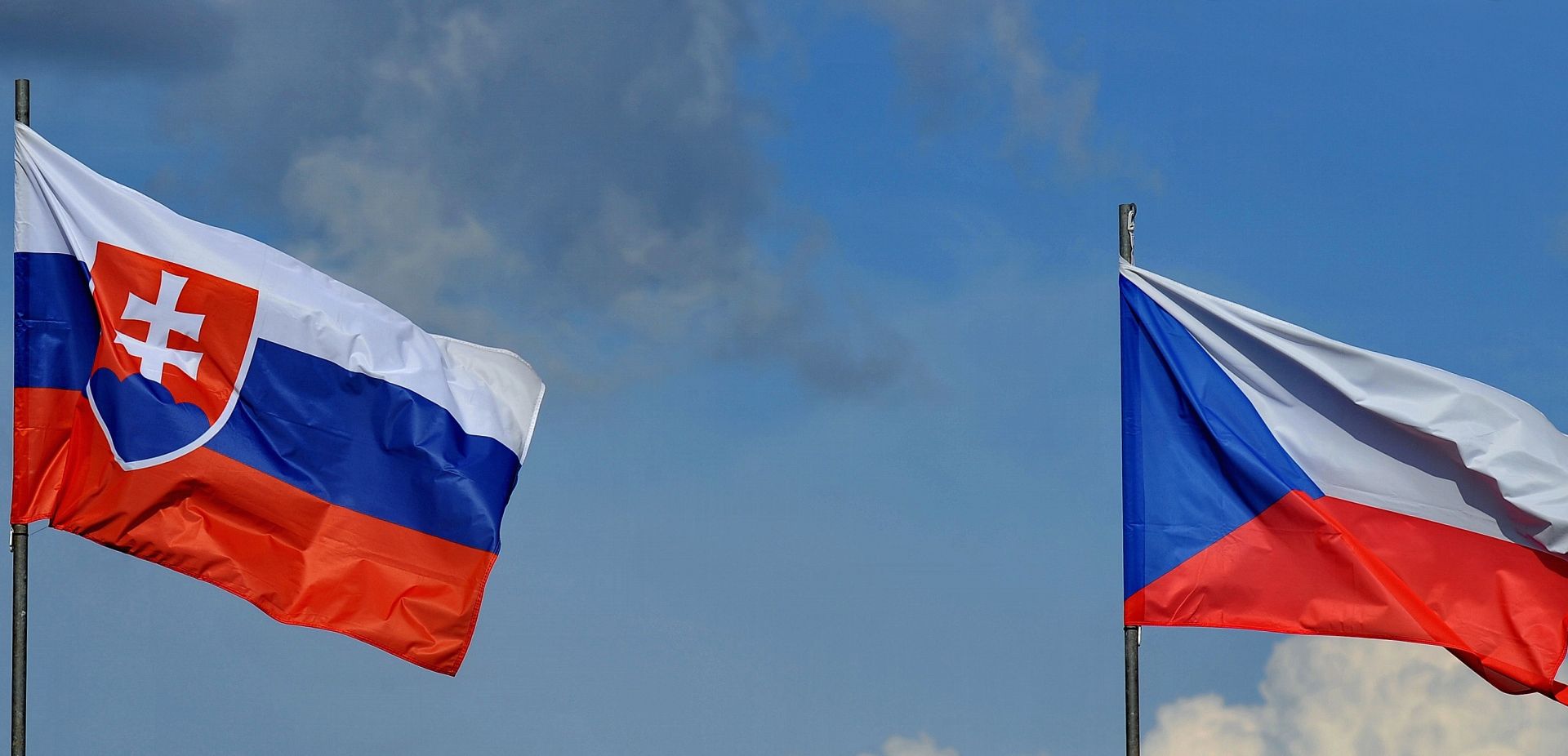
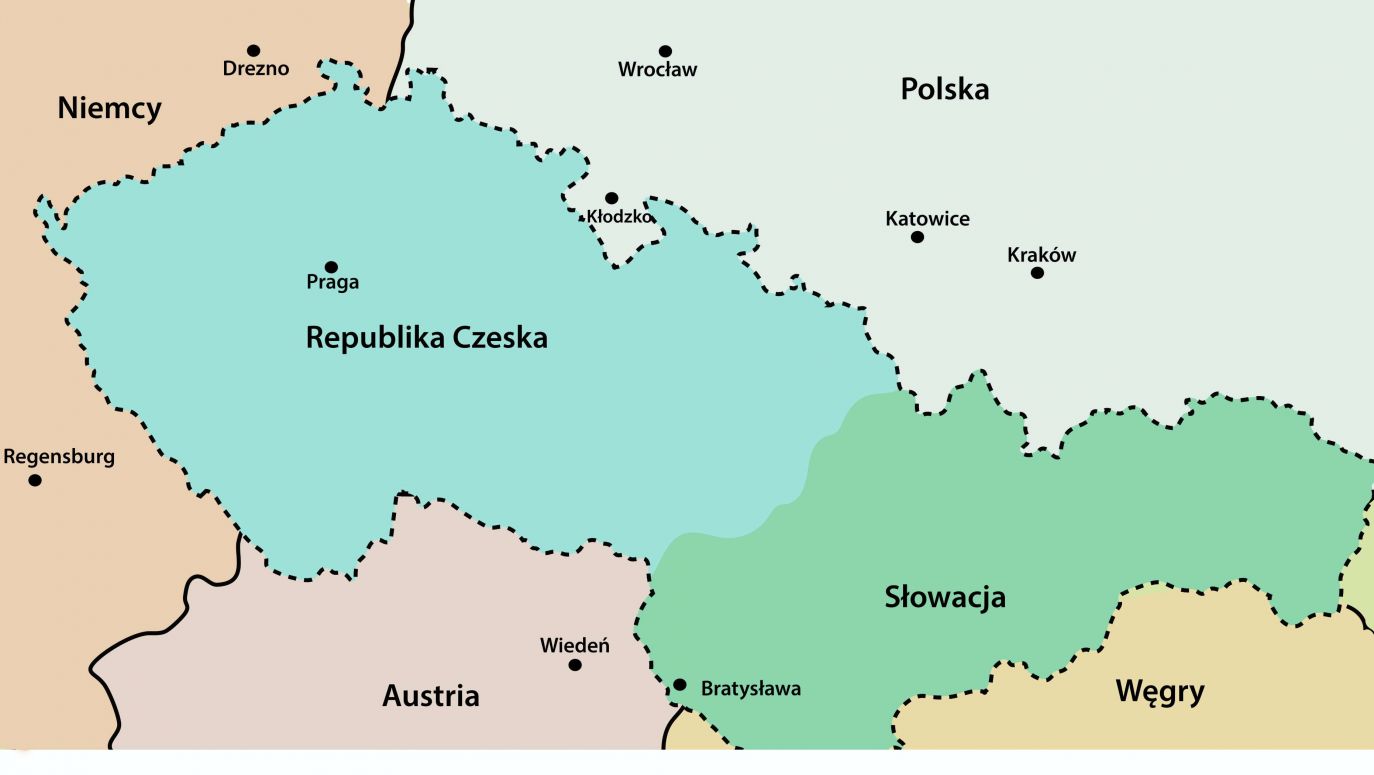
 SIGN UP TO OUR PAGE
SIGN UP TO OUR PAGE 

